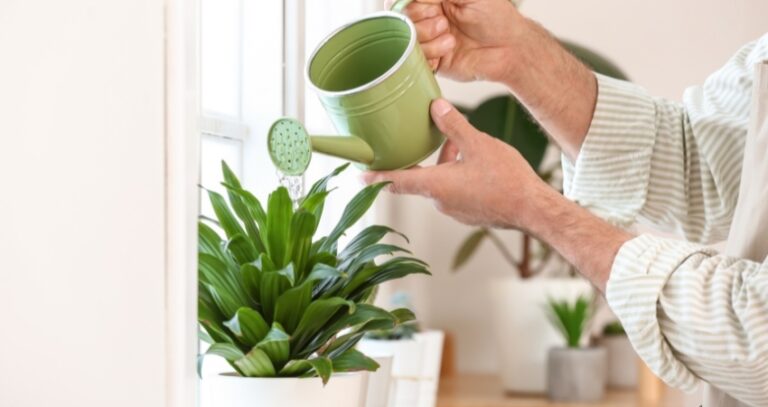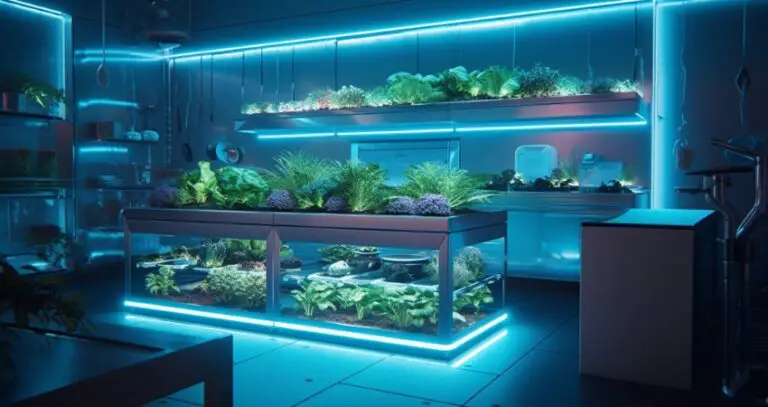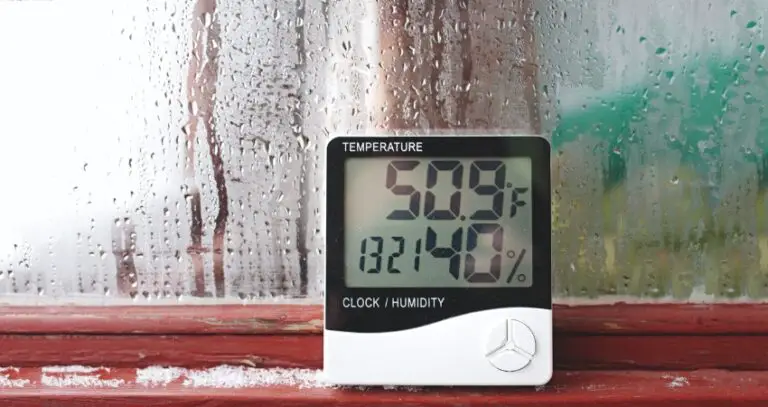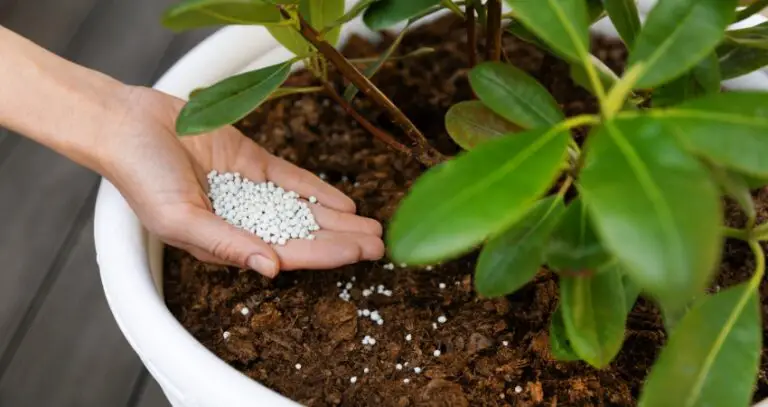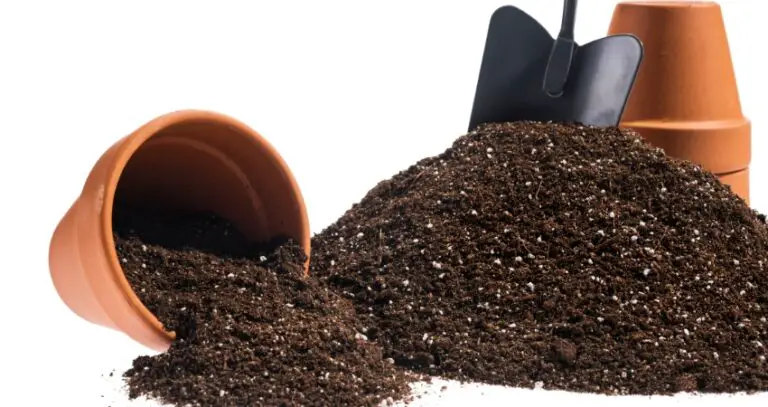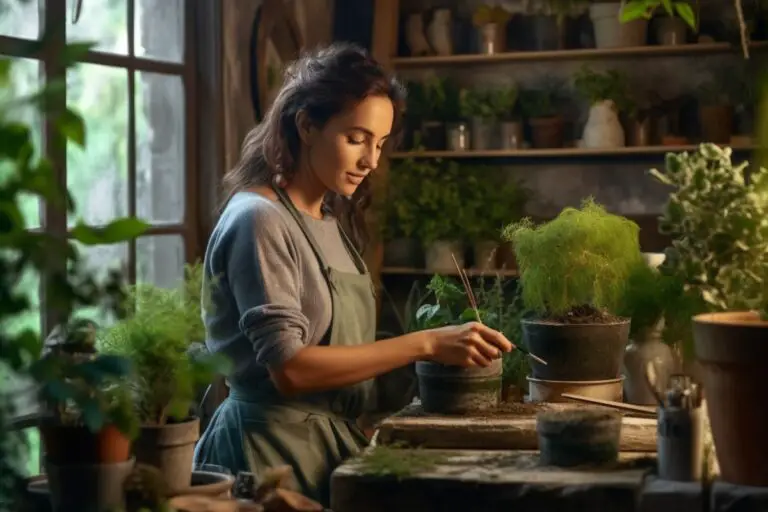Caring for indoor plants might seem daunting, but with the right knowledge and techniques, you can cultivate a lush indoor garden. In this comprehensive guide, we’ll dive deep into the essentials of indoor plant care, covering aspects like watering, lighting, temperature and humidity control, fertilization, soil, and repotting. So, let’s get started on your journey to a thriving indoor oasis!
1. Watering Indoor Plants
Water is vital for plants, but striking the right balance can be challenging. Overwatering and underwatering can harm your plants, so it’s crucial to recognize the signs.
Overwatering vs. Underwatering: Signs and Dangers
- Overwatering:
- Yellowing leaves
- Root rot
- Mold or fungus
- Underwatering:
- Wilting leaves
- Dry, brown leaf edges
- Slow growth
How to Determine When Your Plant Needs Water
- Check the soil moisture with your finger or a moisture meter
- Observe your plant’s leaves and overall appearance
- Learn about your plant’s specific water requirements
Watering Techniques and Best Practices
- Water thoroughly, allowing excess to drain out
- Use room-temperature water to avoid shocking the plant
- Adjust watering frequency based on season and environment
Common Mistakes and How to Avoid Them
- Overwatering: Allow the top inch of soil to dry out before watering
- Underwatering: Don’t rely solely on a schedule; monitor your plant’s needs
- Using poor-quality water: Use filtered water to reduce harmful chemicals
2. Light Requirements for Indoor Plants
Light plays a significant role in photosynthesis and plant growth. Understanding the different types of light and your plant’s needs is key.
The Role of Light in Plant Growth
- Photosynthesis: Plants use light energy to produce food
- Photoperiodism: Light duration affects flowering and dormancy
Different Types of Light and Their Impact on Plants
- Direct sunlight: Intense, unfiltered light
- Indirect sunlight: Bright but filtered through a barrier
- Artificial light: Lamps or grow lights that mimic sunlight
How to Determine the Light Requirements of Your Plants
- Research your plant’s specific light needs
- Observe your plant’s growth and overall health
- Adjust your plant’s location accordingly
3. Temperature and Humidity Control
Controlling temperature and humidity is crucial for plant health. Here’s how to maintain the ideal environment.
Ideal Temperature and Humidity Ranges for Common Houseplants
- Temperature: 65-75°F (18-24°C) during the day, slightly cooler at night
- Humidity: 40-60% relative humidity
How to Measure and Control Indoor Temperature and Humidity
- Use a thermometer and hygrometer
- Adjust heating, cooling, and ventilation systems
- Use humidifiers or dehumidifiers as needed
Tips for Maintaining Consistent Conditions
- Avoid placing plants near drafts or heat sources
- Group plants together to create a microclimate
- Use trays of water or mist plants to increase humidity
4. Fertilizing Indoor Plants
Fertilization provides necessary nutrients for plant growth. Learn how to choose and apply the right fertilizer for your plants.
Why Fertilizing is Necessary for Indoor Plants
- Replenish nutrients depleted from the soil
- Support healthy growth and flowering
Types of Fertilizers and Their Applications
- Granular: Slow-release, long-lasting nutrients
- Liquid: Quick absorption for fast results
- Organic: Natural sources of nutrients, supporting soil health
How to Choose the Right Fertilizer for Your Plant
- Research your plant’s specific nutrient requirements
- Consider factors like ease of use, cost, and environmental impact
- Opt for a balanced, all-purpose fertilizer for most houseplants
How and When to Fertilize Your Indoor Plants
- Follow the recommended dosage and application frequency on the fertilizer label
- Fertilize during active growing seasons (spring and summer)
- Avoid fertilizing during dormancy or when the plant is stressed
5. Soil and Potting Mixes for Indoor Plants
Choosing the right soil or potting mix is essential for healthy root systems and water management.
The Importance of Soil for Indoor Plants
- Provides support and anchorage for roots
- Holds water and nutrients for plant uptake
- Allows air circulation for healthy root growth
Types of Potting Mixes and Their Benefits
- All-purpose potting mix: Suitable for most houseplants
- Specialty mixes: Tailored to specific plant needs, such as succulents or orchids
- DIY mixes: Customizable to suit your plant’s requirements
How to Choose the Right Potting Mix for Your Plant
- Research your plant’s specific soil preferences
- Consider factors like water retention, drainage, and nutrient content
- Experiment with different mixes to find the best fit for your plant
6. Repotting Indoor Plants
Repotting promotes healthy growth, provides fresh soil, and prevents root-bound plants.
When to Repot Your Indoor Plants
- Root-bound plants with roots circling the pot or emerging from drainage holes
- Noticeable decline in plant health or growth
- Every 1-3 years, depending on the plant species
How to Repot Your Indoor Plants
- Choose a new pot that is 1-2 inches larger in diameter than the current pot
- Fill the new pot with fresh potting mix
- Gently remove the plant from its old pot
- Loosen and trim any tangled or damaged roots
- Place the plant in the new pot and fill with additional potting mix
- Water the plant thoroughly after repotting
Tips for Minimizing Repotting Stress
- Repot during the plant’s dormant or slow-growth period
- Avoid repotting multiple plants at once
- Give the plant time to acclimate to its new pot and soil
By mastering these essential aspects of indoor plant care, you’ll be well on your way to cultivating a thriving, beautiful indoor garden. Remember that patience and attentiveness are key; with time, you’ll develop a deeper understanding of your plants’ needs and the skills to keep them happy and healthy.

